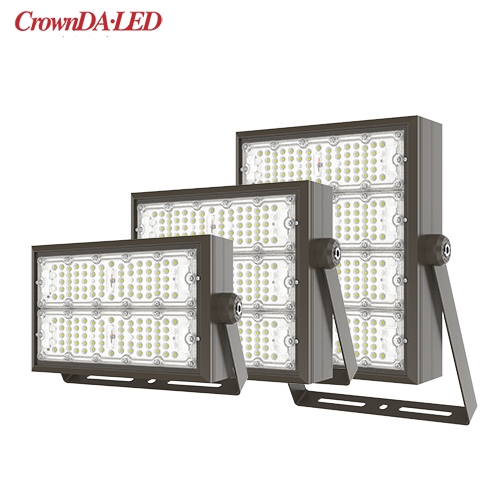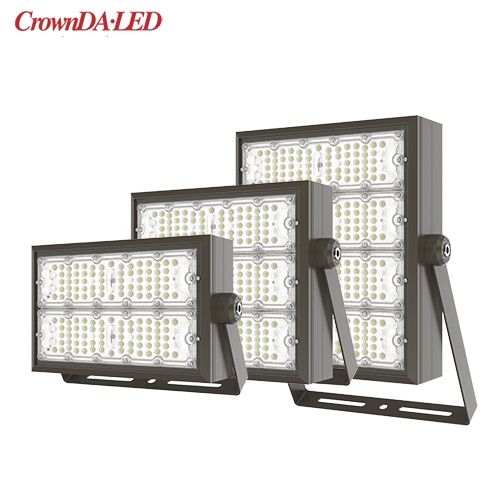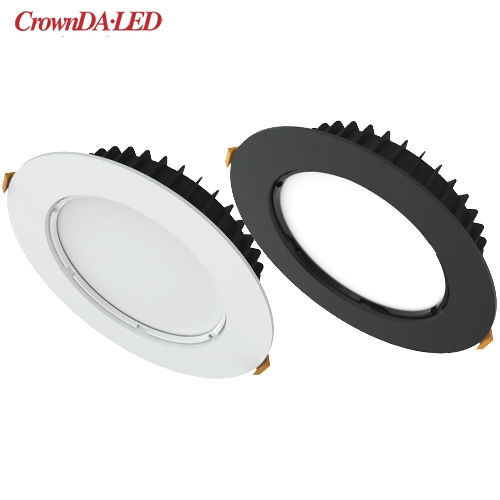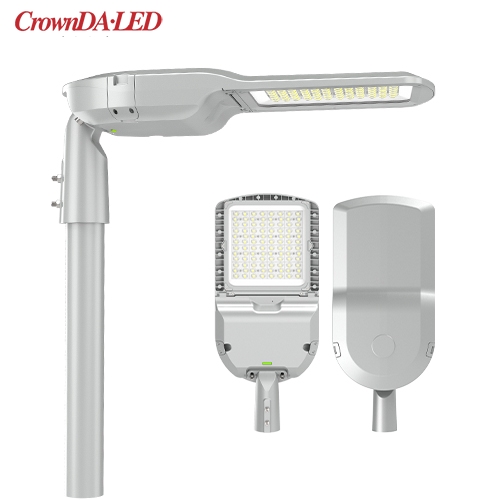Tunnel light wireless lighting control communication technology zigbee and Z-wave
Просмотры : 574
автор : Shenzhen Crown Lighting
Время обновления : 2021-06-20 20:20:24
Tunnel light wireless lighting control communication technology zigbee and Z-wave
Z-wave
Z-Wave is also a mature wireless communication technology. It targets smart home applications and is widely used in residential and lighting commercial control and status reading. It is a new type of radio frequency-based, low-cost, low-power consumption. , Highly reliable, short-distance wireless communication technology suitable for the network.
The working frequency band of Z-Wave is 908.42MHz (U.S.) ~ 868.42MHz (Europe). It adopts FSK (BFSK/GFSK) modulation method. The data transmission rate is 9.6 kbps. The effective coverage of the signal is 30m indoors and over 100m outdoors. Suitable for narrow bandwidth applications.
Zigbee and Z-Wave both use mesh networks, but Z-Wave is relatively more closed and has a higher threshold. Therefore, there are much fewer design and manufacturers using Z-wave technology than ZigBee, but Z-Wave The killer feature is that its compatibility is very good, all z-wave products can be interconnected.
Because the frequency band used by Z-Wave is not for civilian use in China, Z-Wave's smart homes are more often used overseas.
IP is the future development trend of smart lighting wireless communication technology
In the Internet, IP addresses are used to number computers. Each networked PC needs an IP address to communicate normally.
In the Internet of Things, all terminal nodes also need to be assigned an IP address in order to achieve interconnection. The development of the Internet of Things requires a large number of IP addresses. IPv4 currently mainly used uses 32-bit addresses and supports 4 billion IP addresses. At present, IPv4 addresses in the world have been exhausted, while IPv6 uses 128-bit addresses. The number of available single addresses is 3.4 times 10 to the 38th power. IPv6 It is possible to "let every grain of sand have an IP address, and the use of IPv6 addresses can solve the problem of insufficient IP addresses.
Smart lighting is a small part of the Internet of Things, and will also comply with the development trend of the Internet of Things. Among them, the wireless communication technology used in the smart lighting will also develop towards the IP-based network architecture.
At present, although ZigBee, Z-Wave and Bluetooth have the advantages of low power consumption and mesh network, the lighting fixtures and sensor nodes connected to their terminals are still difficult to manage.
In the future, the wireless communication technology using IPv6 protocol can directly connect smart lighting lamps to the network. Lamps with independent IP addresses no longer need smart mobile terminals as intermediaries. They can transmit data to each other by themselves, and the devices can communicate with each other without going through the network. "Dialogue" between devices.
The Bluetooth 4.2 standard has taken the lead in introducing this new feature. As mentioned earlier, Bluetooth 4.2 targets the Internet of Things and supports flexible Internet connection options IPv6/6LoWPAN or Bluetooth Smart gateway. The new ZigBee3.0 standard will also include ZigBee IP.




